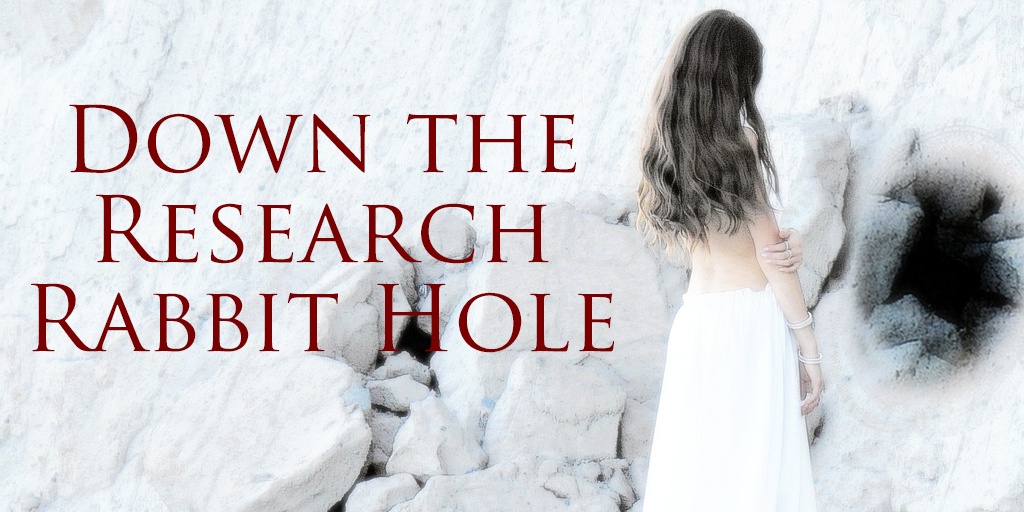What’s for Breakfast? Bath Buns

Food is one of my favorite set dressings. In Fine Eyes and Pert Opinions, Darcy prefers Bath Buns in the morning. Come and find out why.
Smells and tastes are powerful memory and emotional triggers so I love to use foods and fragrances as part of setting when I write. Since food has changed so much through the centuries, this normally requires a deep dive into period cookbook and historical cooking sites.
But sometimes, direction can be a little easier to find. Jane Austen wrote to her sister Cassandra of the Bath buns that she would sneak into her room room to supplement the less than satisfying meals offered by her well-meaning, but rather stingy, Aunt Leigh Perrot.

“Your going I consider as indispensably necessary, & I shall not like being left behind; there is no place here or hereabouts that I shall want to be staying at—& tho’ to be sure the keep of two will be more than of one, I will endeavour to make the difference less by disordering my Stomach with Bath bunns; & as to the trouble of accommodating us, whether there are one or two, it is much the same:”
Jane Austen to Cassandra, January 3, 1801.

Often confused with the Sally Lunn Bun, which was also made famous in Bath, the Bath Buns Austen writes of were thought to have been created in the mid 1700s by Dr. William Oliver.
These Bath Buns are made from a milk-based yeast dough with crushed sugar or sugar-coated caraway seeds (comfits) sprinkled on top after baking. Sally Lunn Buns are large buns or teacakes made with a yeast dough that includes cream and eggs, similar to the sweet brioche breads made in France.
Period recipes for both breads still exist:
To make Bath Cakes.
RUB half a pound of butter into a pound of flour, and one spoonful of good barm*, warm some cream, and make it into a light paste, set it to the fire to rise, when you make them up, take four ounces of caraway comfits, work part of them in, and screw the rest on the top,’ make them into a round cake, the size of a French roll, bake them on meet tins, and send them in hot for breakfast.~ Elizabeth Raffald, The Experienced English Housekeeper
*For the curious, barm is the foam formed on the top of a fermenting liquid, such as beer or wine, used to leaven bread, or set up fermentation in a new batch of liquor

To Make Sally Lunn Buns
Beat four eggs well; then melt a large Tablespoonful of Butter, put it in a Teacup of warm Water, and pour it to the Eggs with a Teaspoon of Salt and a Teacup of Yeast (this means Potato Yeast); beat in a Quart of Flour making the Batter stiff enough for a Spoon to stand in. Put it to rise before the Fire the Night before. Beat it over in the Morning, grease your Cake-mould and put it in Time enough to rise before baking. Should you want it for Supper, make it up at 10:00 o’Clock in the Morning in the Winter and 12: o’Clock in the Summer.
From Williamsburg cookbook circa 1770
Next time I’m in the mood for a little baking, I may try one of these, but I I’m not hearty enough to go with these original recipes that sound like something from The Great British Baking Show technical challenges. I’ll find a nice modern recipe with exact measurements and baking instructions. What about you?

I agree with trying a modern recipe. Those antique recipes have you assume a lot by using terms that reference the size of something and you don’t know what that was or what size it was.
My husband’s aunt had five brothers and helped her mother in the kitchen. They cooked on a wood stove. She was an excellent cook and had the best yeast rolls EVER. Even with her recipe, we could not replicate her rolls. Her granddaughter learned at her side and makes them for our reunions. Still, don’t tell, I don’t think they quite are up to her grandmother’s standards. They are good but ah, man… those rolls were to die for. This was fun and it has made me hungry. I shouldn’t read your posts on an empty stomach.